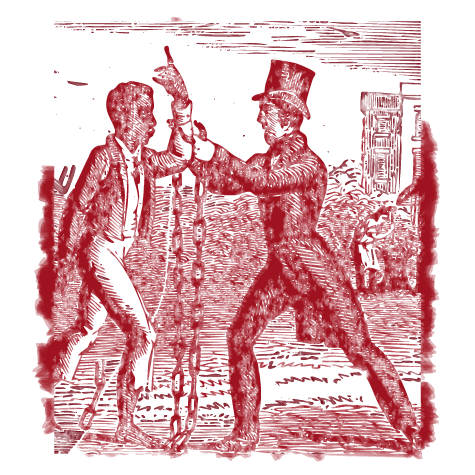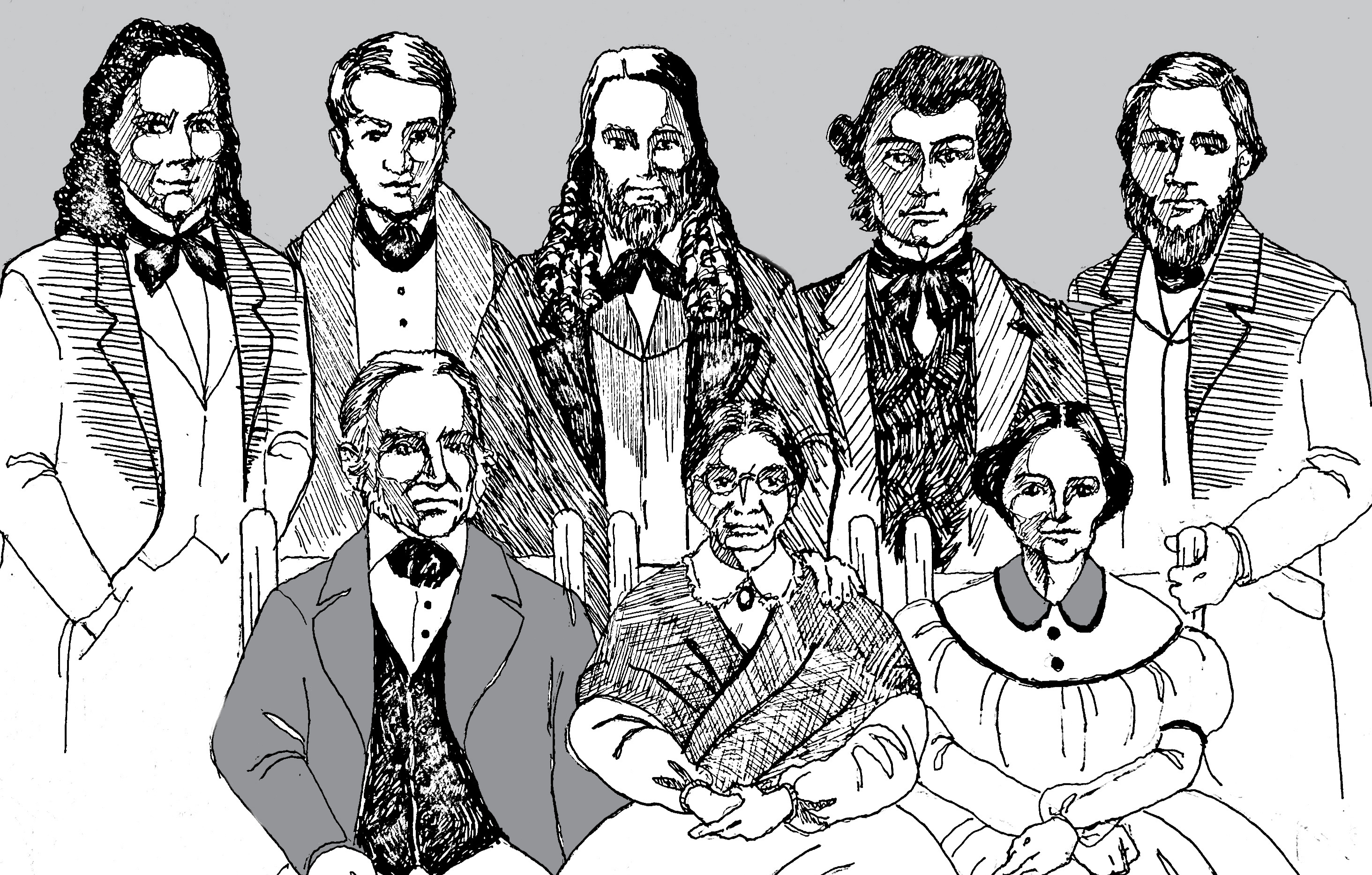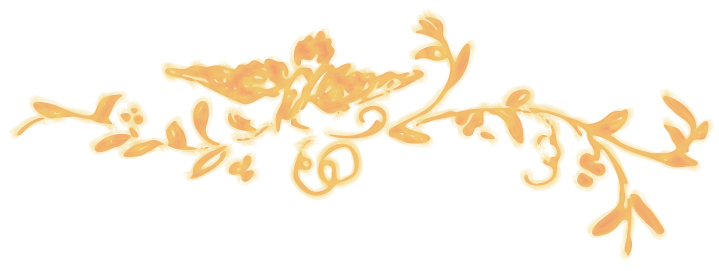What if your whole family fought for freedom?

What if all your siblings were cool?

Meet the Burleigh Family
Two Parents
Seven Siblings

Their Spouses
Their Children

From 1830 to 1890, Burleigh family members were Abolitionists, reformers, and poets, intent on making the United States a place of freedom and equality for all. They envisioned a future where people of all races and genders would enjoy the benefits of education and opportunity. Burleigh family members were tireless in the pursuit of this vision - as activitst, as artists, as writers and editors. Their story of embracing change for the long haul and being anti-racist white people - over decades and decades - can inspire us now.

